Simple ways to cut down on fat
Simple ways to cut down on fat
Fats can wreak havoc on our bodies, and contribute to weight gain if we eat too much. Although we need fats in our diet, many of us are unaware of how to maintain a healthy weight because we’re not consuming the right amount and types of fat. Cutting down on fat is not as hard as we think, and it doesn’t necessarily mean we have to give up our favourite foods. Get started with these simple tips:
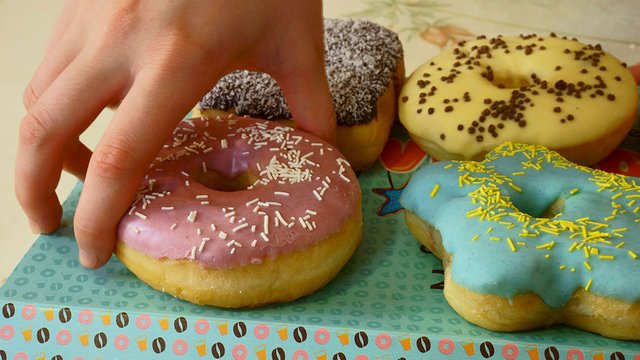
Beware of trans fats
Trans fats (also known as trans fatty acids) are actually worse than saturated fats. They are variants of unsaturated fats that have been altered during the manufacturing process to make fats and oils harden, (imagine what they’re doing to our insides)! These fats alter our cholesterol levels for the worse and put us at higher risk of heart disease and stroke. That’s why it’s important to limit products where fats have been altered in some way, (such as deep-fried food, pies, pastries, cakes, donuts and some margarines and butter). Small amounts of trans fat occur naturally in milk, cheese, beef and lamb and are not dangerous.
Hint: read food labels carefully and if you see trans fat listed choose another product.
![1050x590_good fats.png]
(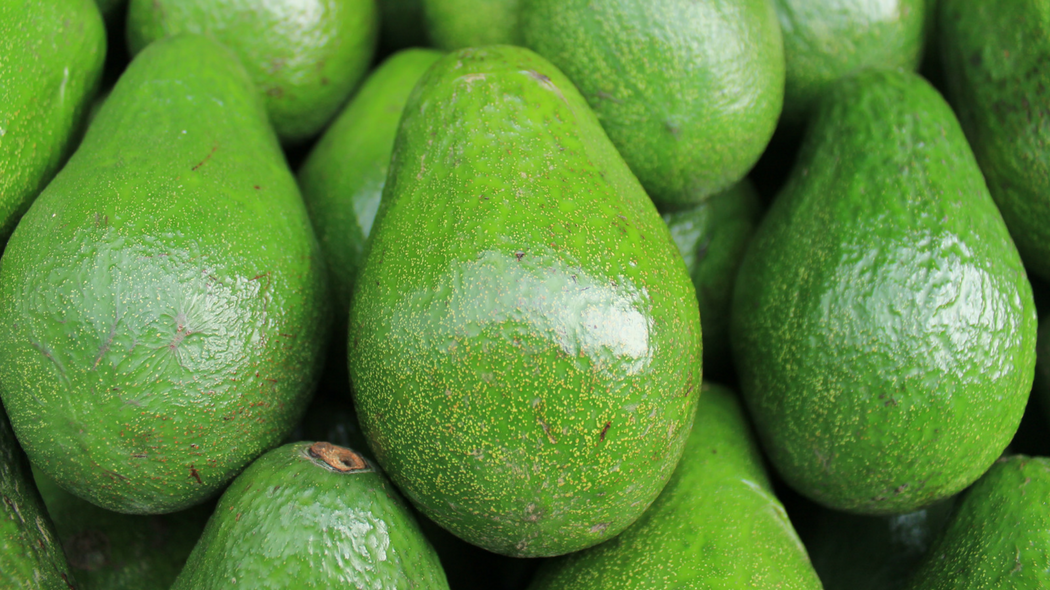 )
)
Fats we love
Unsaturated fats are great for our bodies – they lower our cholesterol levels and give us the fatty acids we need. These ‘good fats’ come in two forms – polyunsaturated and monounsaturated. Polyunsaturated fats can be found in fish (especially oily fish), nuts (walnuts and Brazil nuts), seeds (such as sesame – hommus and tahini are great!), polyunsaturated margarines and some oils (sunflower, safflower, soy, and corn.) Monounsaturated fats are found in avocado, nuts and nut spreads (peanuts, hazelnuts, cashews and almonds), margarine spreads (such as canola or olive oil based), and oils such as olive, canola and peanut oil.
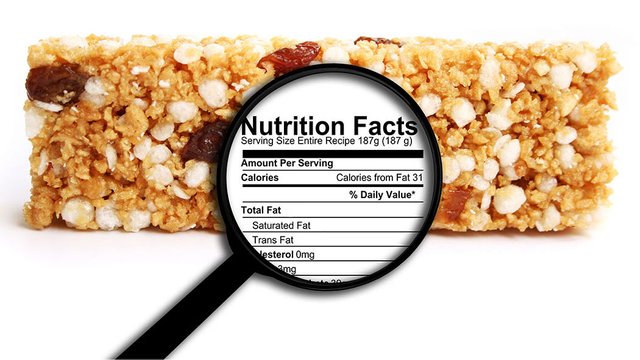
Check those labels
Food labels are listed in order of quantity. That means if the label on the product lists fats first, it means it’s high in fat. Be on the lookout for other fats on labels too (such as oil, shortening, cocoa butter or cream). Go for ‘low’ or ‘reduced fat’ dairy products. And when selecting processed foods, choose those with less than 5 g per 100 g of total fat.
Hint: download a free app like FoodSwitch, which scans barcodes on food labels and gives their nutritional value. If you have kids get them to help you shop – it teaches them all about healthy eating.
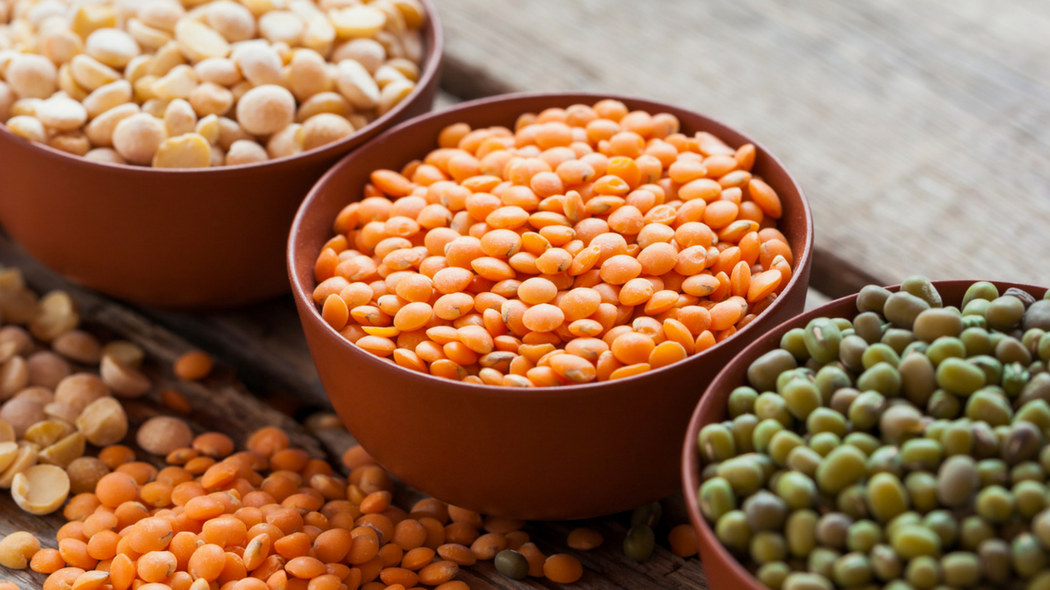
Learn to love vegies and legumes
The best way to cut down on bad fats is to eat plenty of fresh vegetables and legumes (or pulses). Pack a punch by adding as many colours and varieties as you can. Learn to love legumes – they fill us up and are loaded with fibre, vitamins and antioxidants.
Hint: try adding legumes to your vegie intake – one serve of legumes is 75 g (about a half a cup) of cooked beans, peas, chickpeas or lentils. If you don’t have time to cook from dried, use canned instead. Try our hearty vegetable soup.
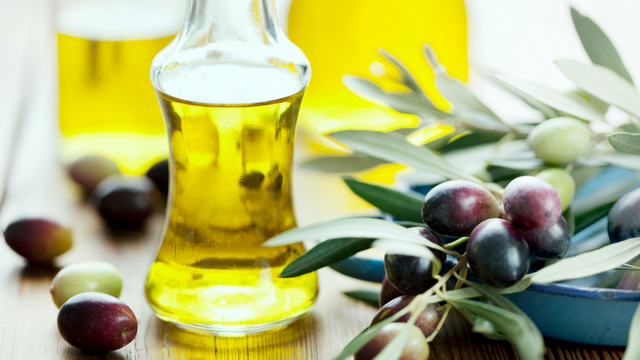
Get the good oil
When cooking, get into the habit of using a small amount of oil, margarine and butter. Grease pans with cooking spray, or use a pastry brush to apply oils and spreads directly to food instead of adding it to the pan. Use unsaturated oils and spreads, such as canola, olive, safflower, sunflower, corn or soy. Watch coconut oil and cream, they’re high in saturated fat.
Hint: when cooking with oil, or using unsaturated spreads (such as margarine on sandwiches), aim for one teaspoon per person. Measure it out too – or you may end up eating more than you bargained for!
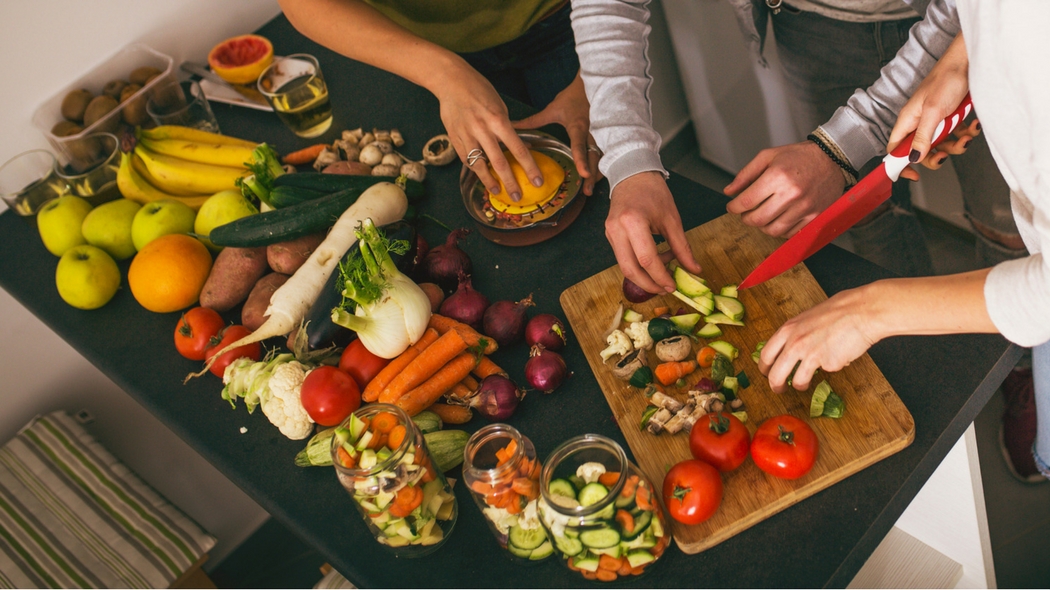
Be a master chef
Be adventurous in the kitchen – try healthier methods and modify recipes. Steam, bake, grill, braise, boil or microwave meals rather than frying in loads of oil. For example, meat, fish and vegetables can be roasted in the oven – put meat on a rack with a dish underneath to collect oil and fat. Invest in some non-stick cookware to lessen the amount of oil required. Replace oil with liquids too (such as chicken or beef stock, red or white wine, lemon juice, fruit juice, vinegar or even tap water).
Hint: look for healthy alternatives to popular meals – give these potato wedges a go, they’re better than chips, quick to make and the dishes aren’t as greasy to clean!
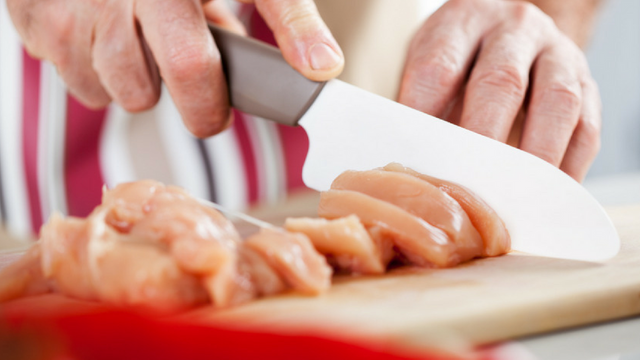
Lean meat is best
If you’re a carnivore, watch how much saturated fat you’re eating. Buy lean meat, trim off any visible fat, remove skin from poultry and limit fatty processed meats, (such as sausages and salami). Processed meats are high in salt and higher in saturated fat than lean meat – so make them occasional foods and not part of your daily diet. Put less meat in dishes by increasing the amount of vegies and legumes you eat. One pot meals such as stews, curries and casseroles are ideal. Try to go meat-free at least one day a week. If you’re stuck for ideas, check out these healthy recipes.
Hint: aim for 65 g of cooked lean red meat (no more than 455 g per week), or 80 g of cooked lean poultry per serve, (a serve is roughly the size of your palm). We only need around one to three serves of protein (e.g. lean meat, poultry, fish, eggs, tofu, nuts or seeds and legumes) each day. Remember, our dietary needs vary depending on our age and gender.

Be dairy aware
Go for low or reduced-fat dairy products when you can. Full fat milk, yoghurt, cheese and alternatives are an important source of calcium and nutrients in our diet, but can increase our kilojoule count if we’re not careful. Unless a recipe states otherwise, stick to reduced or low-fat varieties. Limit your intake of meals with creamy sauces and swap them for pesto, salsa, chutneys and tomato-based sauces – they’re much better on our waistlines! Use low-fat yoghurt or milk, evaporated skim milk or cornflower instead of cream in sauces or soups.
Note: reduced or low fat milk is not recommended for children under two.

Go easy on takeaway
A whopping one third of our household budget goes on takeaway food and dining out. Because we can’t see how the meals are prepared we have no idea how much fat goes into them. Many takeaway outlets use saturated fats because they’re cheaper and can withstand cooking at high temperatures. Make takeaway an occasional treat and opt for meals lower in ‘bad fats’ such as – grilled burgers, souvlaki, pizzas with less meat and cheese, and grilled and skinless chicken.
Hint: try to steer clear of hot chips – a large serve contains around 50 g of saturated fat, (well above the recommended daily intake of 20 g).

Eating out
If you’re eating out, ditch the all you can eat buffet and select from the menu. It’s a good idea to ask for dressings and sauces on the side so that way you control how much you want to eat. Avoid fries as a side dish and opt for vegies or salad. Steer clear from fried food and choose grilled instead. Think about how much you’re eating – do you really need that entrée or starter? And if you must have dessert, choose healthier alternatives such sorbet instead of ice-cream or fruit instead of cheesecake.
Hint: Check out Livelighter for ways to eat healthily when dining out.
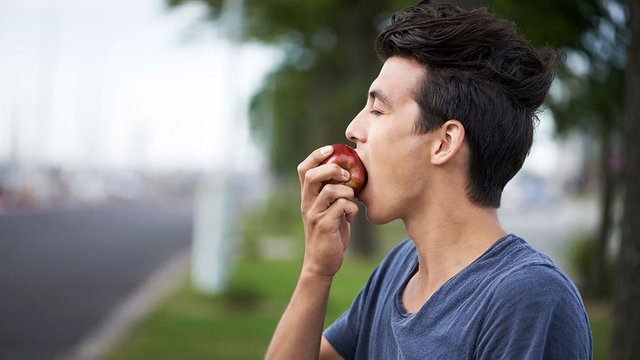
Be snack savvy
Many snacks, especially the ones we buy are high in saturated fats. If you’re prone to snacking, you could be consuming the equivalent of a small meal – a handful of potato chips can contain up to three teaspoons of fat! If you need to snack, opt for low-fat – small tubs of yoghurt, fresh fruit, nuts or cut up vegie sticks with homemade dips or salsa are ideal. When at work or out and about, keep snacks handy in your desk or bag so you’re less likely to pig out on junk foods. This rule applies after exercise too, and don’t forget to drink lots of water.
Hint: although it can be tempting, don’t snack in front of the TV – we’re less likely to respond to our body signals when we zone out and end up eating far more than we need!
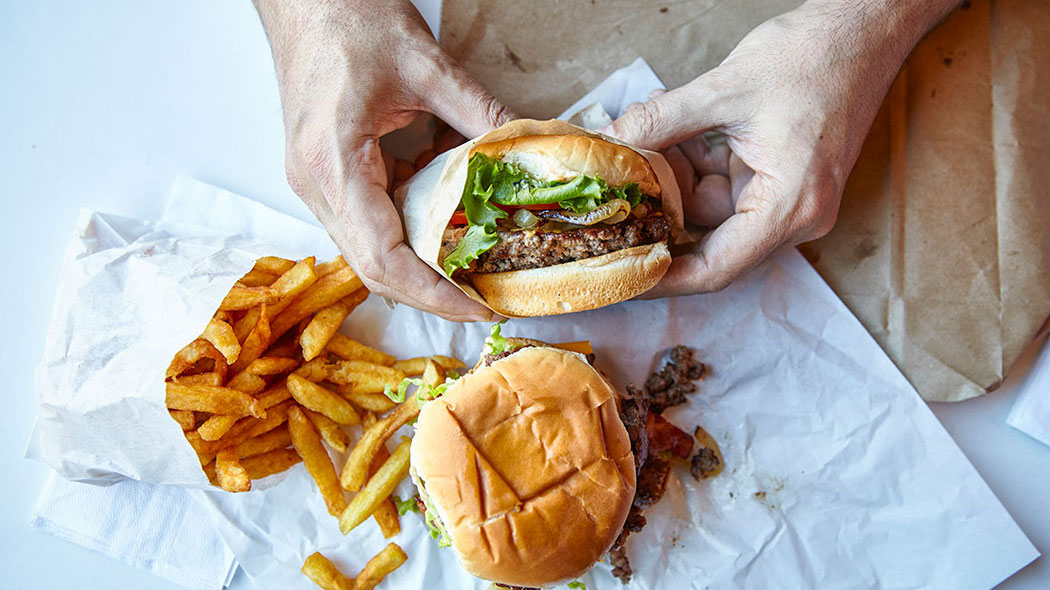
Big is not better
We should be eating no more than 20 g of saturated per day, which according to the Heart Foundation, is around seven per cent of our daily diet. Most of us however, are eating nearly double that limit. Over the years, the size of our meals has grown at an alarming rate. Take control of portions by following this simple rule – a half of our plate can be taken up with a variety of vegies, a quarter with cereals and grains, and a quarter with meat and alternatives (meat, fish, tofu, legumes). Be a mindful eater – are you really hungry or just eating for the sake of it? Do you take time to savour your food or wolf it down? If you find it difficult to cut back, do it slowly – even reducing in small amounts can make a difference.
Hint: use a smaller plate or go for an entrée size when eating out. And if you’re loading up or going in for seconds, it might be time to rethink about what and how much you’re eating!
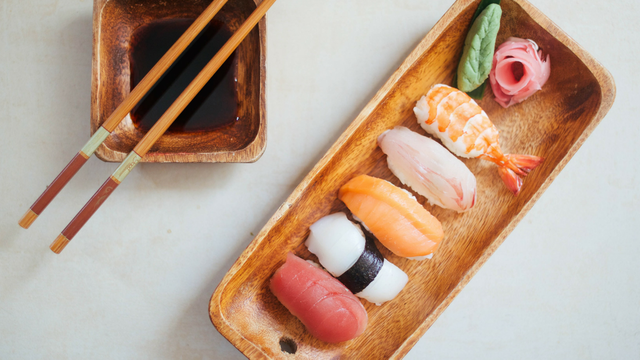
Be a fan of fish
Fish is a wonder food – rich in good oils such as omega-3 fatty acids, which are linked to better heart and brain health. Although omega-3 can be found in other animal and plant sources, fish – especially oily fish is best. If you’re budget is tight, it doesn’t mean you need to forgo the health benefits – tinned fish (such as sardines, salmon and tuna) are higher in omega-3 than some fresh varieties. If you’re looking for fresh – salmon, trout, gemfish and flathead are ideal, but any variety is better than none. Check out the Australian Dietary Guidelines for more on recommended serves.
Hint: if you’re a meat eater, replace one meal with fish each week (even better if you can do more!) Try our quick and easy fish and tomato casserole.

Burning fat
We are lucky to live somewhere where food is plentiful. Unfortunately, many of us overeat and are consuming more energy than we burn, which leads to weight gain. Fat (37 kJ) is energy dense, it contains more kilojoules (or calories) than other components in foods such as protein (17 kJ) and carbohydrates (16 kJ). When we exercise, some fats break down (metabolise) faster than others, and saturated fats are the hardest to shift. There’s no point making an effort to cut down on fat if we’re inactive and eating all the wrong foods! Aim for at 30 minutes of moderate physical activity every day (kids need more – 60 minutes) and cut down on the amount you eat, especially high fat foods.